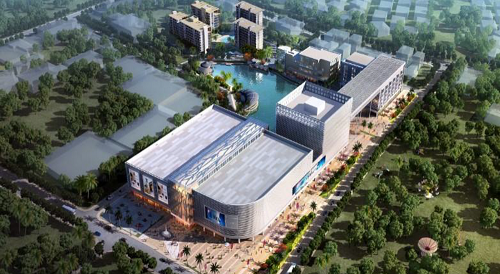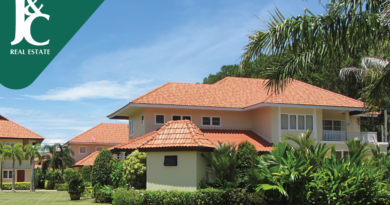Real Estate Growth Sustainable But Sluggish, Experts Say
Source: Vientiane Times
Laos is not at risk of developing into a bubble economy despite the apparent ongoing building boom particularly in the capital, according to leading economists on Tuesday.
This is because overall growth in the real estate sector is actually quite sluggish and most investment is from overseas interests, mainly China and Vietnam.
Another factor preventing the forming of a Lao asset bubble is the central bank not offering long-term loans over 10-20 years which are often needed by property investors.
However, individual property projects and segments of the industry could suffer if there wasn’t sustainable market demand for what they are offering.
An economist from the Faculty of Economics and Business Management at the National University of Laos, Dr Phouphet Kyophilavong, told Vientiane Times on Tuesday that the global economy was still slowing, notably in China and Vietnam.
“The slowdown in China and Vietnam will affect Laos, particularly the real estate sector,” he said.
In May this year, the Vietnamese central bank imposed more controls on property loans to keep the real estate market from overheating.
The State Bank of Vietnam (SBV) was quoted in the Vietnamese online newspaper VN Express as saying it would raise the risk weight of property loans at commercial banks to 200 percent from 150 percent. The new restriction would take effect on January 1, 2017.
The central bank has also set new restrictions on how banks use their funds. Accordingly, banks will be allowed to use no more than 60 percent of their short-term funds for medium- to long-term purposes including mortgages until the end of this year.
The new rule in Vietnam is expected to prevent a property bubble by causing banks to curb property loans.
Vietnam is a major investor in Laos with business operators in numerous sectors including real estate such as shopping centres.
A senior economist at the National Economic Research Institute, Dr Leeber Leebouapao, said the real estate sector would continue to grow but at a slow pace due to the economic slowdown in Laos’ neighbours.
“One of our problems is that banks here in Laos do not dare to offer long-term loans. Most of the funding to support the real estate sector is sourced from overseas,” DrLeeber said.
However, economists still wonder where all the actual buyers are as several real estate developments have been built but are unable to sell or rent out their space.
Perhaps those buildings were not appealing to buyers and some investors failed to take into account market requirements, such as sufficient parking spaces.
Vientiane has seen a rapid increase in the number of tall buildings over the last five years driven by foreign investment in the service sector, notably hotels and shopping centres.
The Lao economy grew at an average of 7.9 percent over the past five years which is considered one of the highest rates in the region.
However, Laos’ Gross Domestic Product is only US$12 billion, making it the smallest economy in the 10-country Association of Southeast Asian Nations.


